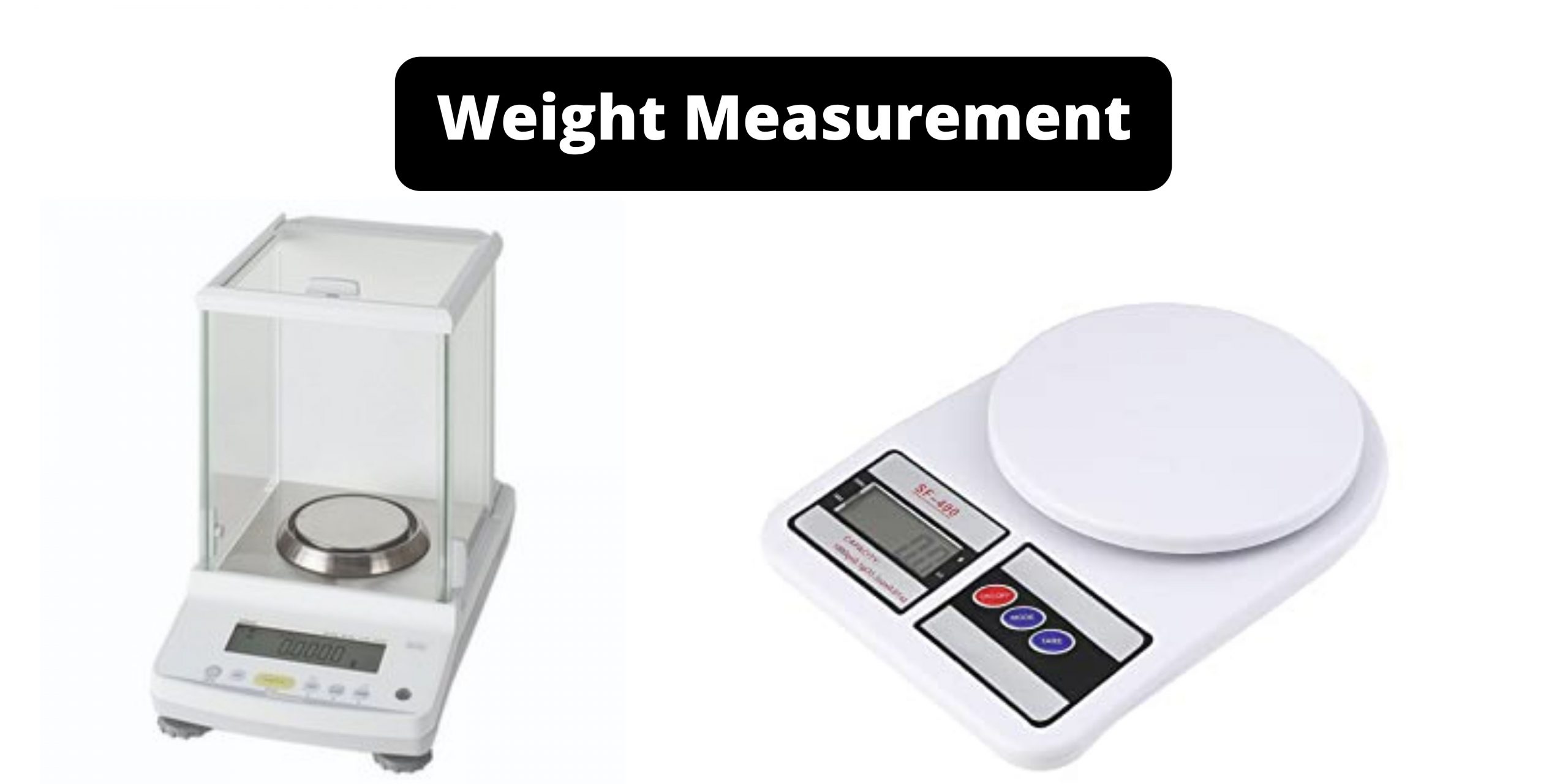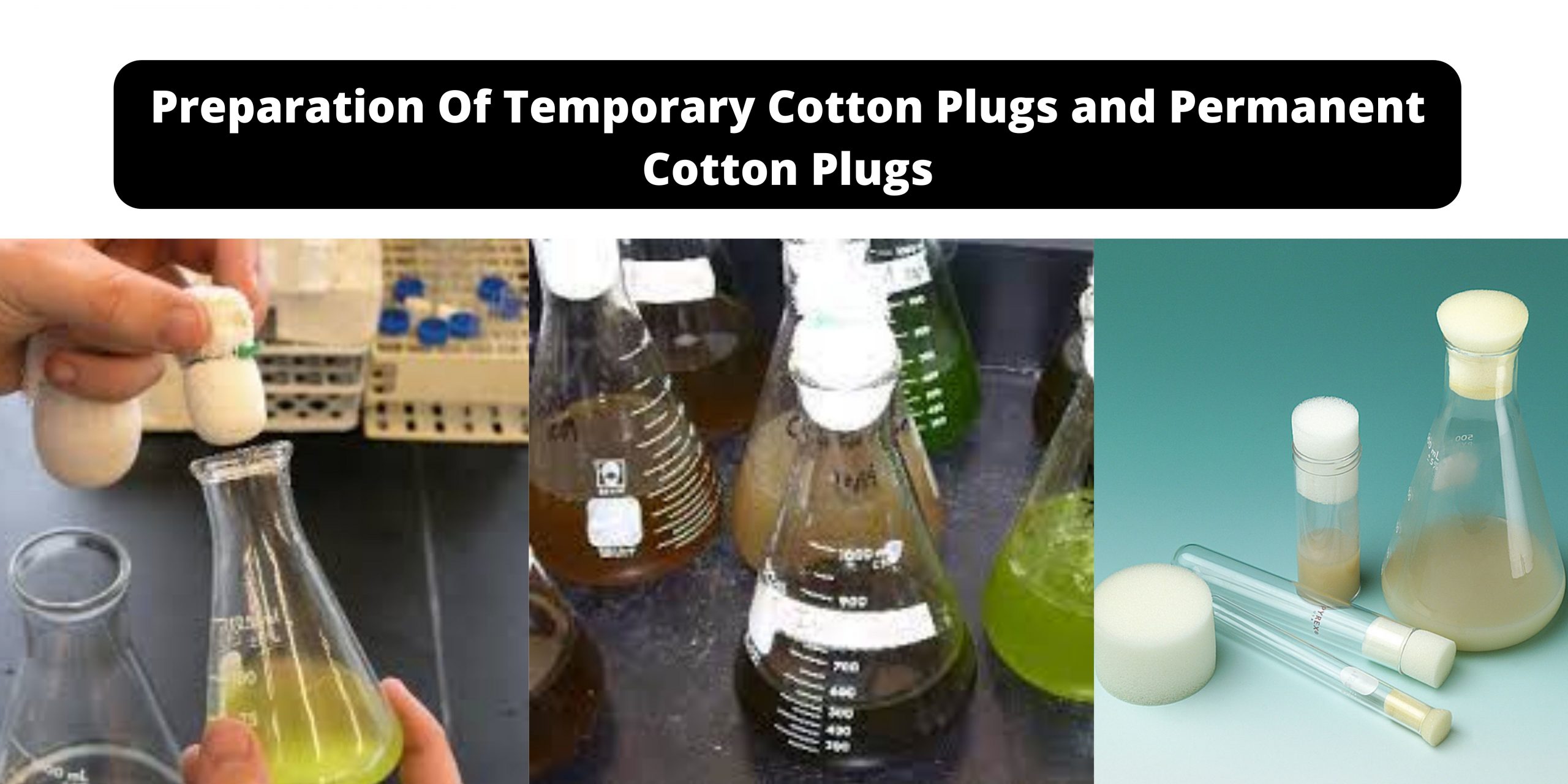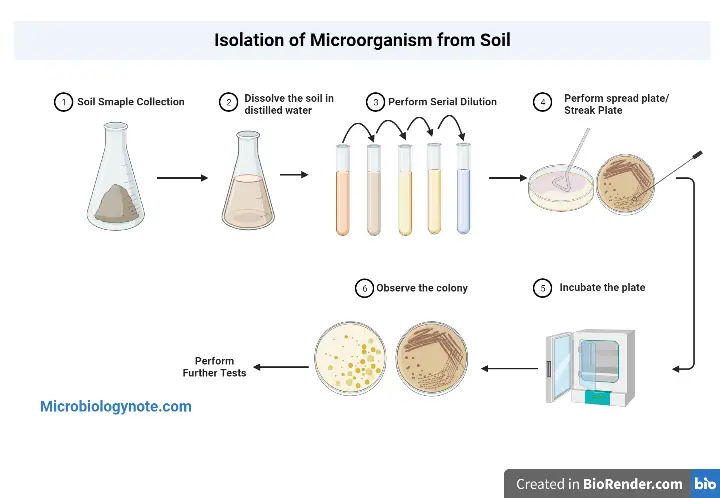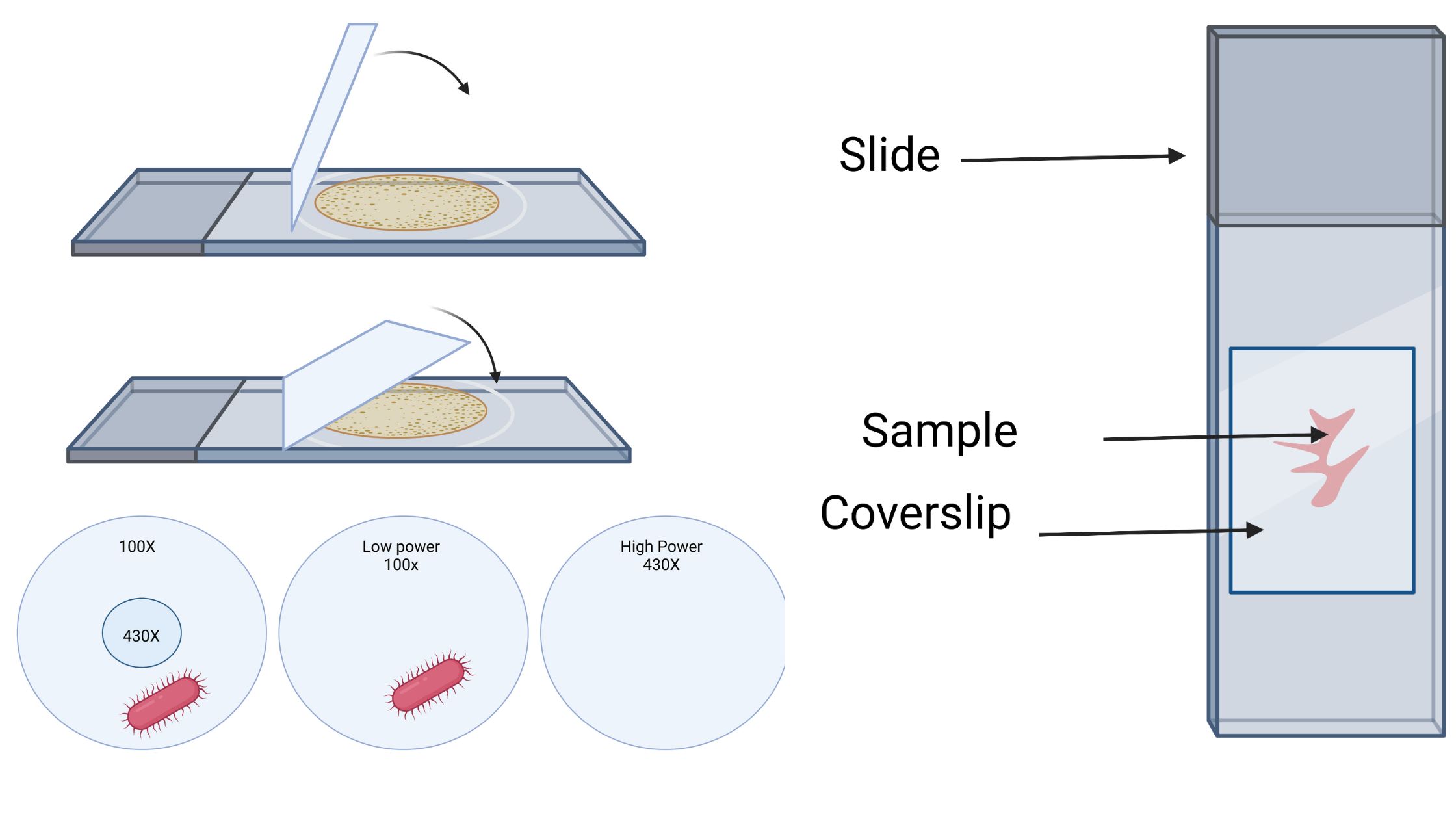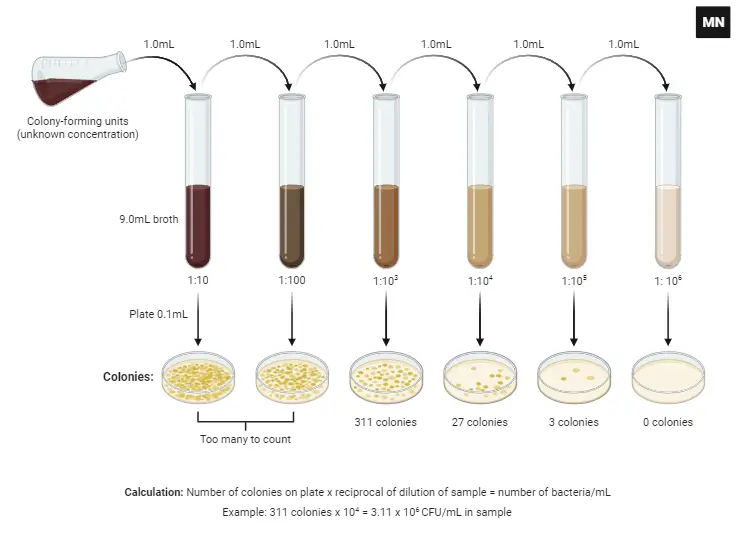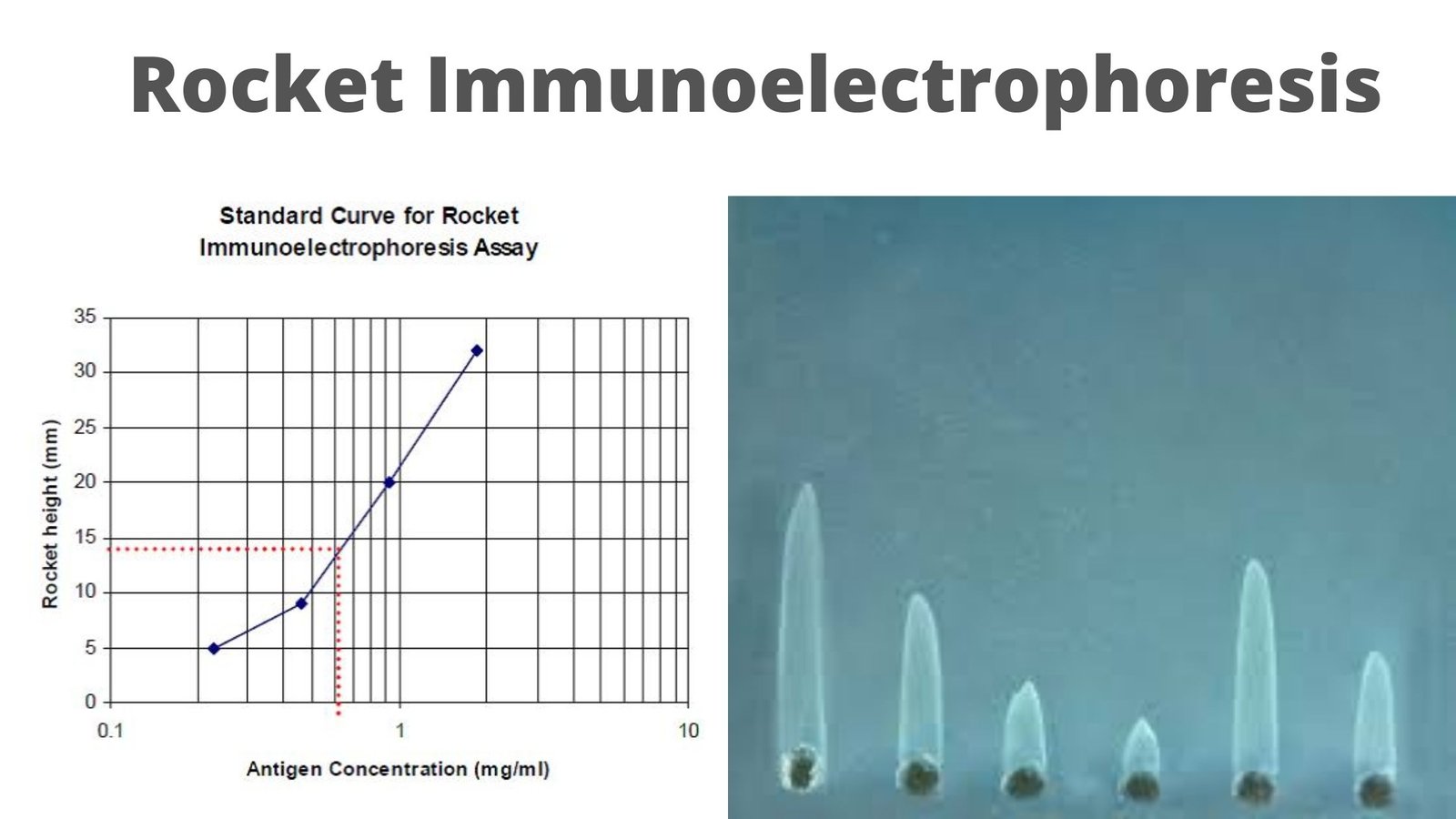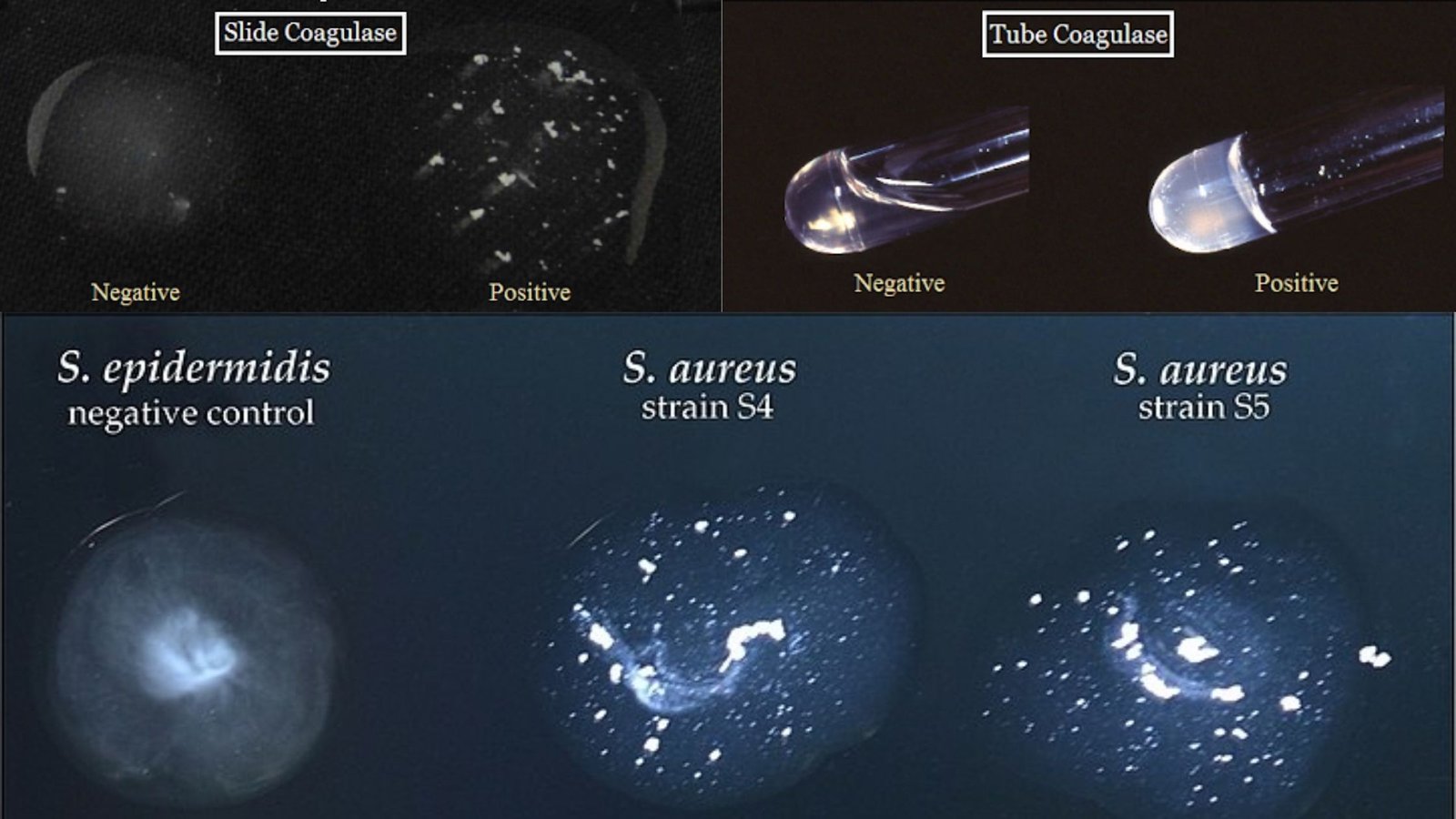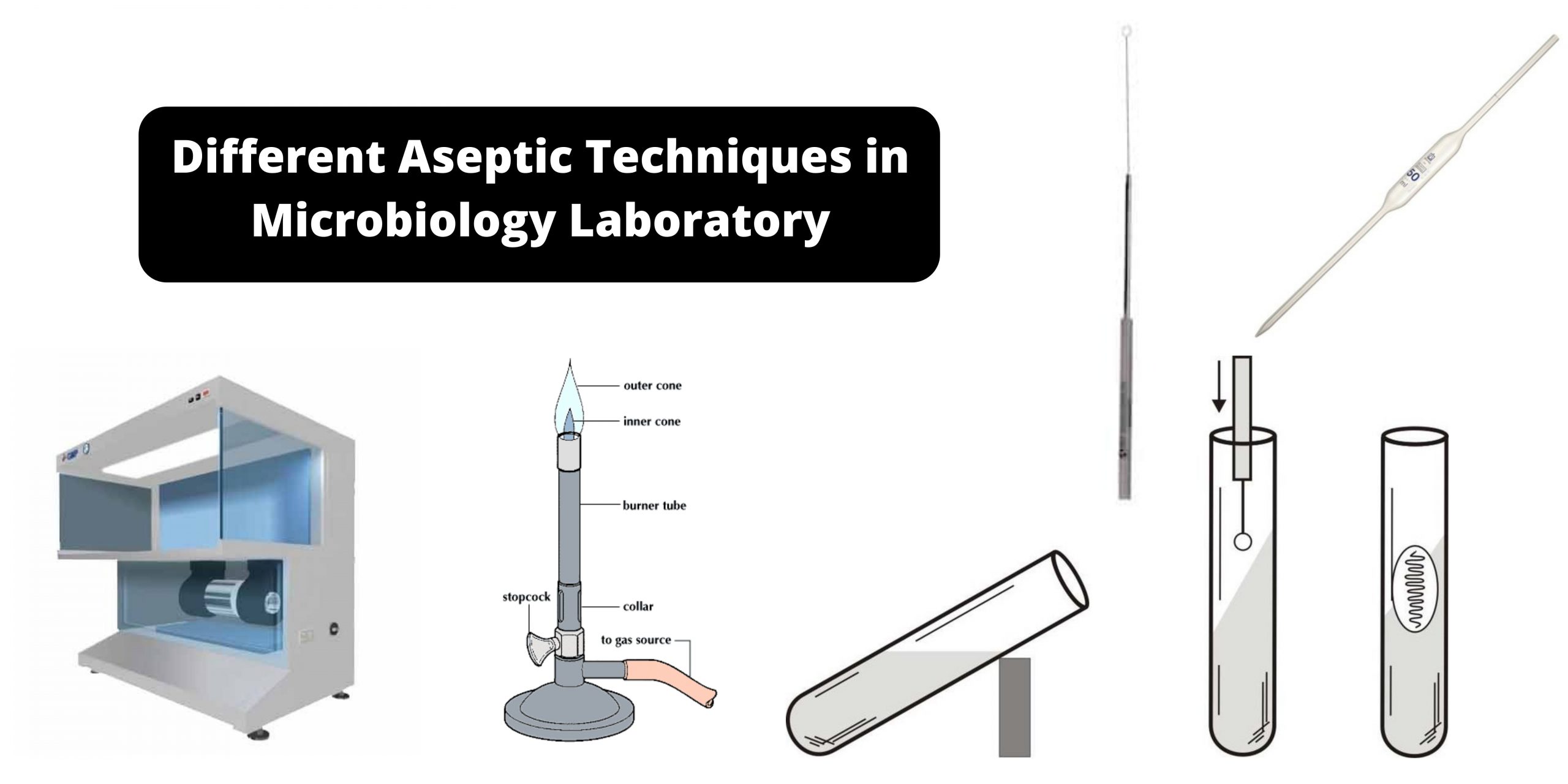Method for Balancing in Laboratory – Weight or Mass Measurement
The most frequent tasks in the microbiology area is the determination of the weight or mass of desired substances, chemicals. Another important aspect to be considered is the preservation of substances. Thus, the powders, as well as other granular or paste-like substances should Chamber not be placed directly on the platform for weighing of the balance. It is recommended that glazed paper or a small weigh boats is the best choice to weigh. It is recommended to use glazed papers if the material is 15 grams or less needs to be weighed. A the weigh boat pan or small beaker must be utilized if you are weighing a larger amount. Because of the the light weight of glazed papers its weight is subject to a minimal. If the weight is less of 1 gram an electronic balance is recommended. The larger amount (above 1 grams) is not to be considered using electronic balances.

